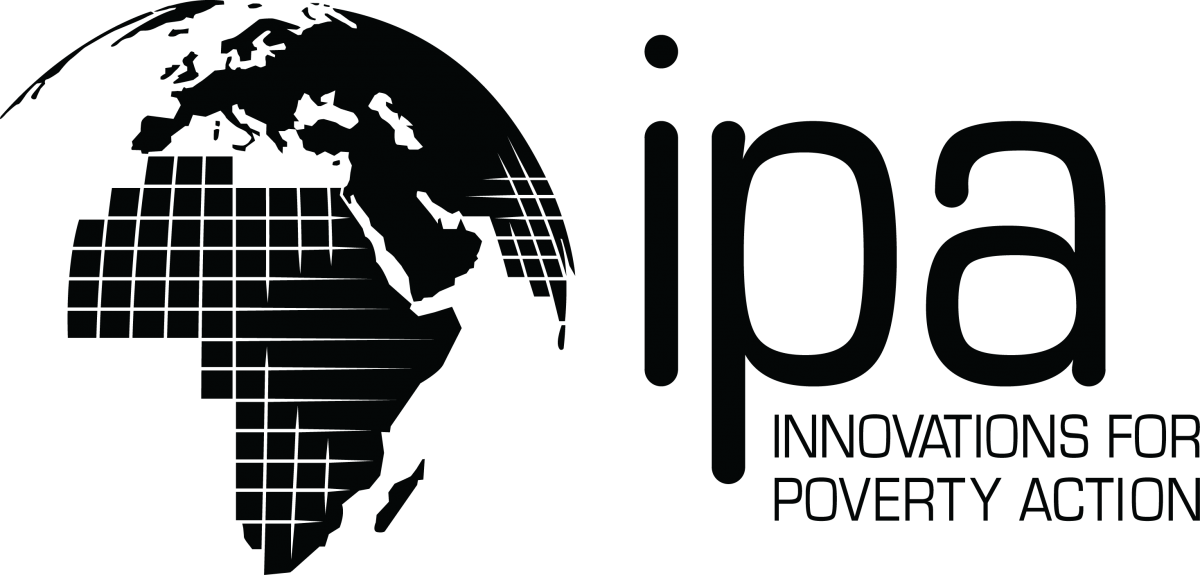
Lessons from the Field: Using the PPI for Targeting >
By Cris Lomboy
![]() I recently sat down with management at a leading microfinance institution (MFI) in the Philippines to talk about targeting. Like many MFIs, this one is deeply committed to helping the poor through the provision of transformative financial and non-financial services, and it uses the PPI to determine how many new clients are poor. They are however unsatisfied with their current poverty outreach and would like to further deepen outreach to the poor or increase the participation of poor in their program. They wonder how they can further use the PPI to deepen their outreach and they came to a conclusion that they can use it for client targeting. They ponder how to use the PPI for effective targeting and we supported them to understand it better.
I recently sat down with management at a leading microfinance institution (MFI) in the Philippines to talk about targeting. Like many MFIs, this one is deeply committed to helping the poor through the provision of transformative financial and non-financial services, and it uses the PPI to determine how many new clients are poor. They are however unsatisfied with their current poverty outreach and would like to further deepen outreach to the poor or increase the participation of poor in their program. They wonder how they can further use the PPI to deepen their outreach and they came to a conclusion that they can use it for client targeting. They ponder how to use the PPI for effective targeting and we supported them to understand it better.
We went through the principles and fundamentals of poverty outreach and targeting. They realized the need to always link these with their social goals. It is important that they have clarity on who will be their target clients in order to set a realistic cut-off score using the PPI per potential client. Many MFIs just like them are not conscious about the need to clearly articulate who they want to serve, which often results in a mismatch in products and services. They remembered the time when they experienced high client turn-over or drop-out due to inappropriate services. As we went through the client targeting workshop, they identified a number of challenges they will potentially encounter once they implement a PPI cut-off score. Surely, they will be turning away some potential clients because they are above the cut-off score. Being an MFI with a broader target market and diverse products, they realized that they have to make sure that their product strategy is in sync with their targeting goal. They saw the potential of balancing their poverty outreach and sustainability goals through effective targeting and ensuring complementation of its products offering. As I listened to the microfinance practitioners describe the lessons they learned and the potential impact of using the PPI for targeting, I realized that its success depends largely on how well the organization can optimize the use of existing data and manage the change.
Optimizing / Managing Data
- It is good to mine data to find out which areas have the highest poverty concentration. A robust MIS is critical to the success of this component. This helps the organization to segment its marketing and estimate the potential impact of client exclusion in their current portfolio.
- Client targeting can be complemented by creating an “area map”. Area mapping is one of the common practices among MFIs in determining their market penetration or saturation. Having both tools available can help in identifying potential clients that are currently excluded by the MFI.
Managing Change
- The organization must forecast how client inclusion and exclusion will impact aspects of the program, such as costs of recruitment, contribution to profit margin, etc.
- Changes in client targeting may warrant changes to the product or development a new product that will “catch” the excluded clients. This is especially applicable for organizations that cater to both the poor and non-poor.
- Organizations must rationalize staff performance evaluation when they set a cut-off score. Having a cut off score would mean that their field staff may need to recruit more clients or increase portfolio in other market segments to compensate for the potential “shifting” of the client profile.
- The MFI will need to rationalize their client eligibility requirements or criteria with the profile or characteristics of the targeted clients.
It appears that there are a number of challenges that they need to overcome if they want to pursue using the PPI for client targeting, but the key leaders of this MFI are very clear of the great benefits it will bring. They agreed that doing client targeting is an integral part of their success in reaching their social goals but at the same time makes perfect sense in making sure that they create value for their clients.
Cris Lomboy is the PPI Specialist for Asia at Grameen Foundation.
Dart board icon by jon trillana, from The Noun Project
- Inicie sesión o regístrese para comentar


